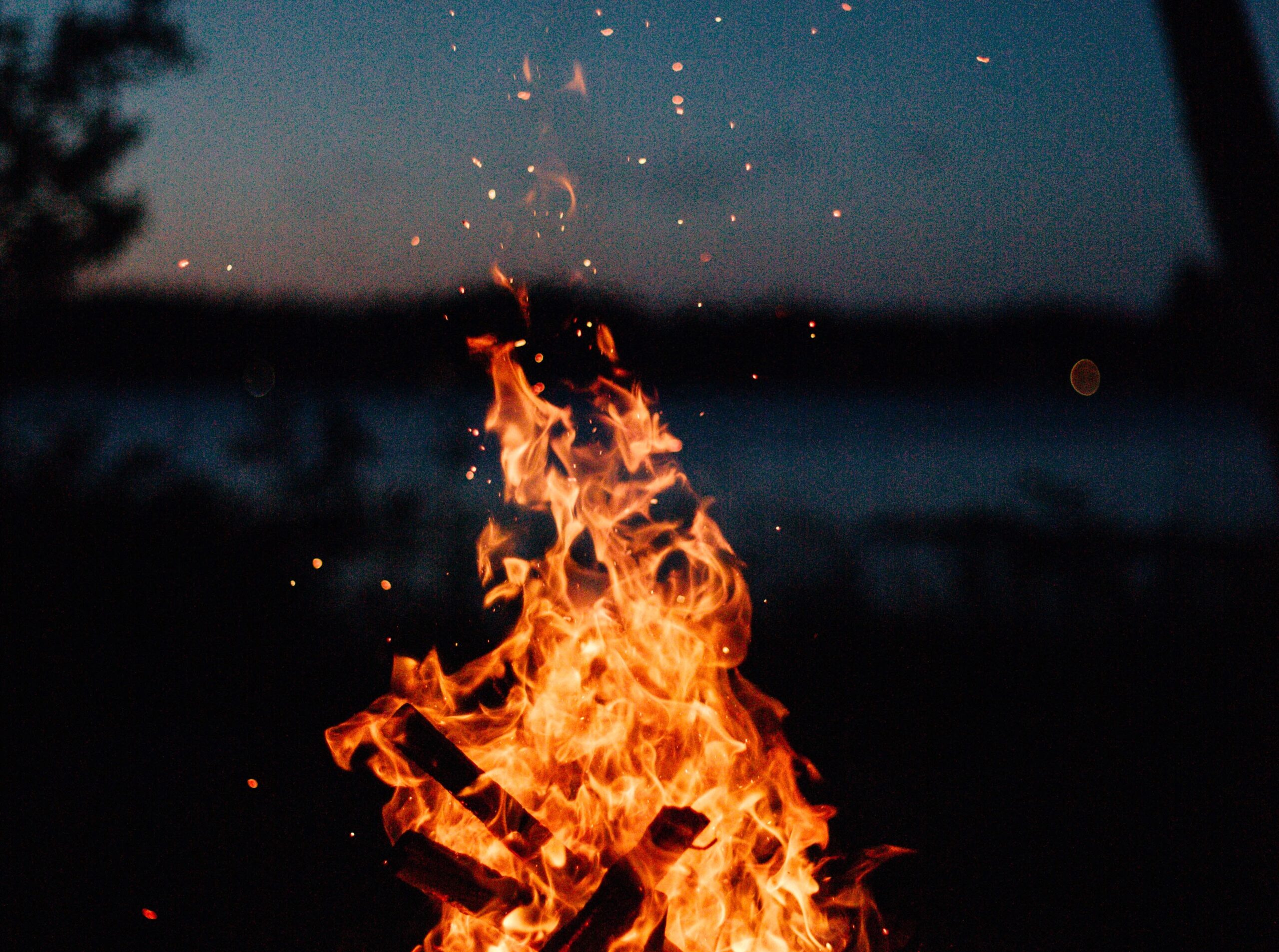Fire stability

Following my studies as an engineer specialized in combustion, various encounters led me from the research department of Renault to laboratories certified in fire resistance. The youth of fire engineering is synonymous with the evolution of methods associated with the progress of research in the field, generating a permanent emulation that has kept me loyal. Hoping to participate actively in the development of fire-related activities, I contacted Pierre Sécher who convinced me to join Airbus Protect.
“If I had to sum up my life today with you, I would say that it is first of all the meetings with people who have held out their hand to me, perhaps at a time when I could not have done it alone.”
My projects
My experience at Airbus Protect is inseparable from the motivation and investment of the design engineers like Pierre and Antoine. Indeed, the realization of a fire project is team work over several months, even several years. The projects are numerous and diverse, since fire affects all areas of activity and all sectors (nuclear, defense, ICPE (Installation Classified for the Environment, etc.).
If I had to choose one project in particular out of all those to which I have contributed, I would choose the fire stability study of the INB 37-A (Basic Nuclear Installation) truck lock within the framework of the PAGODE (Sustainability of the Waste Management Workshop) renovation project. Indeed, this case was the first fire stability study carried out by Airbus Protect in partnership with the NUVIA Structure. The aim of the mission was to evaluate the fire stability of a partially protected metallic structure (gantry) subjected to the referenced fire identified in the fire risk management study. Fire stability studies are complex studies requiring skills in fire (for the evaluation of thermal solicitations) and in civil engineering (for the evaluation of the fire behavior of structures).
More sustainable future
Fire studies intrinsically contribute to a safer environment, avoiding the serious consequences that could result from a fire (study of the mode of ruin to ensure the safety of emergency services, the study of fire stability to ensure the durability of a structure, the study of fire risk control to ensure the non-mobilization of radioactive materials in INBs, etc.). In addition, we work with the CEA, which is helping to create a more sustainable future (studies on alternative energies) and a more innovative future (research center, particularly on hydrogen).
My experience at Airbus Protect is team work with great confidence given by the management, allowing us to surpass ourselves and to propose new ideas.
- Share

